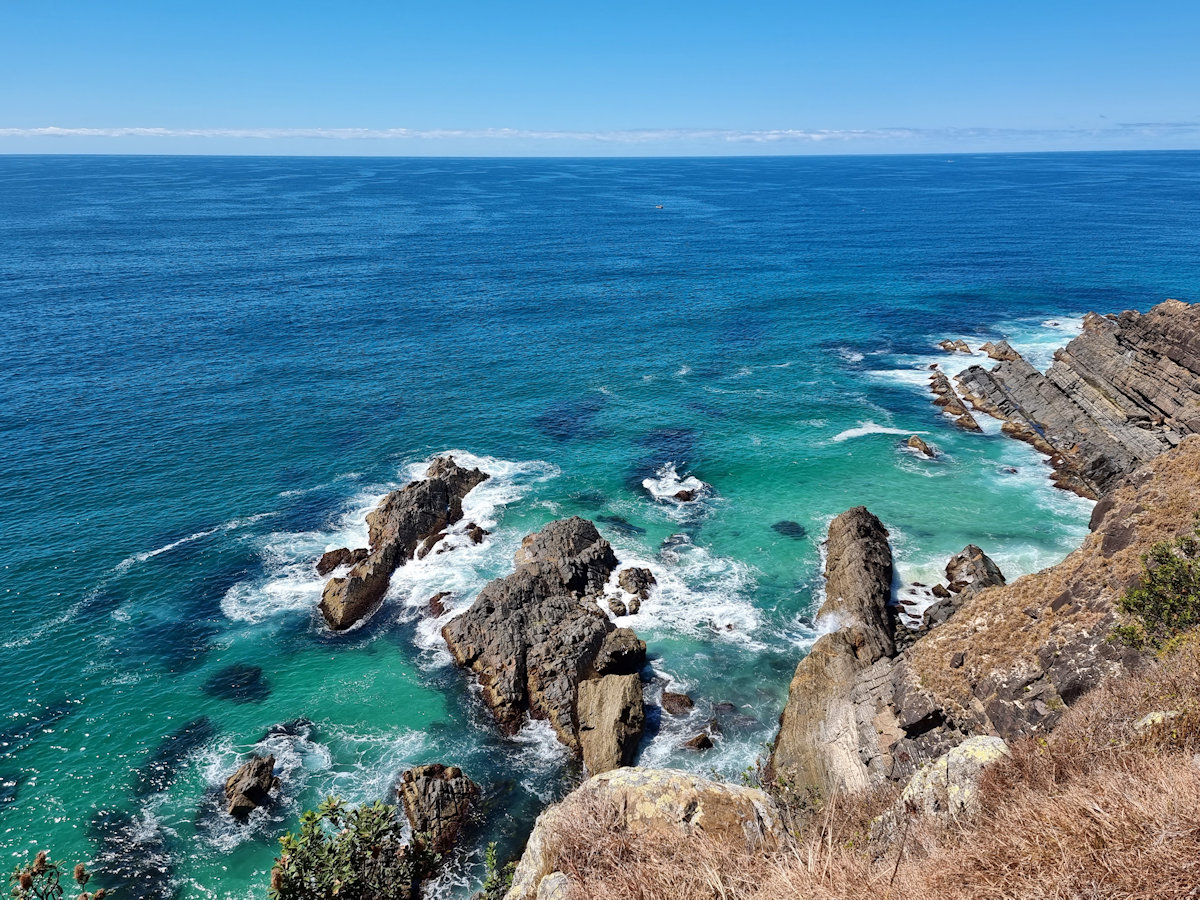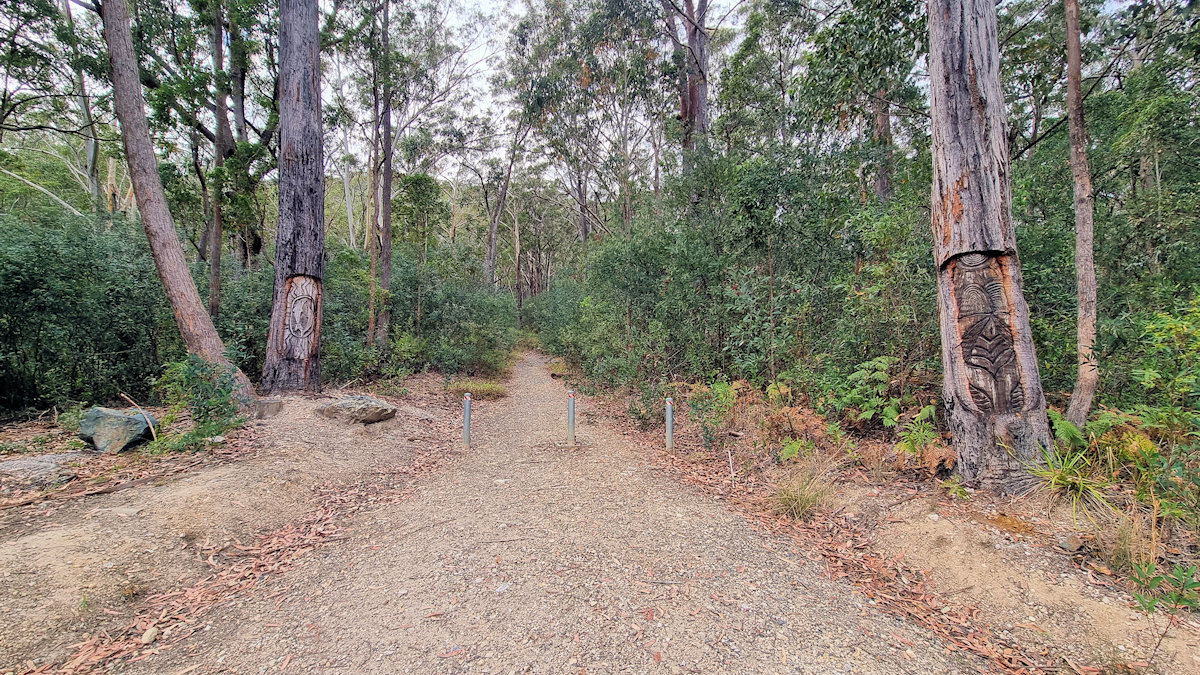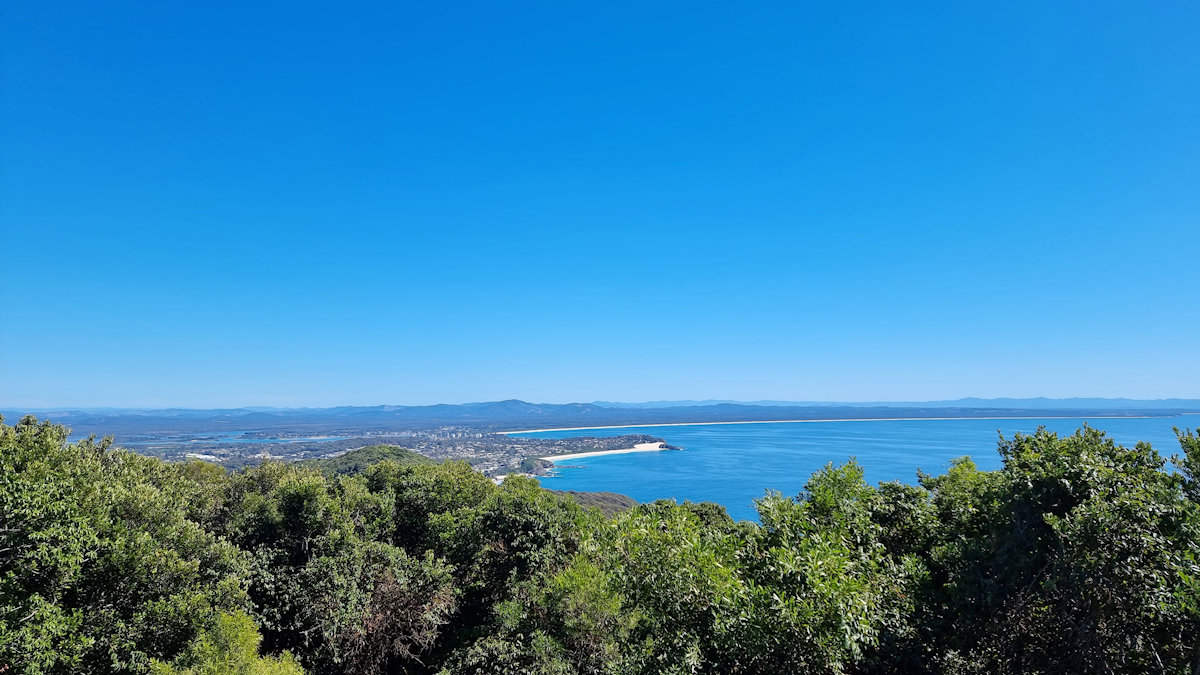Tag: australian bush
-
Bennetts Head Lookout

Bennetts Head Lookout Located on the Bicentenial Way in Forster New South Wales, Bennetts Head Lookout is a popular place for whale watching during migration season. We were lucky and saw a few swimming south, but they were too far out to get a good look. Several tour operators provide whale watching trips locally, with… Read more
-
Boolah-Dillah Track

Boolah-Dillah Track Located near the New South Wales Mid-north coast Town of Bulahdelah, the Boolah-Dillah Track is an Aboriginal Place of cultural significance. Carved trees decorated with Aboriginal carvings can be found along the track. Historically carved trees were markers for burials, safe travelling paths, boundaries and had an important role in ceremony for the… Read more
-
Cape Hawke Lookout Track

Cape Hawke Lookout Track NSW Australia Named after First Lord of the Admiralty, Edward Hawke by Captain Cook (a Lieutenant at the time), the Cape Hawke Lookout Track is on the northern end of the Booti Booti National Park. With only a 10-minute drive to travel the 11km from the centre of Forster, it was easy… Read more